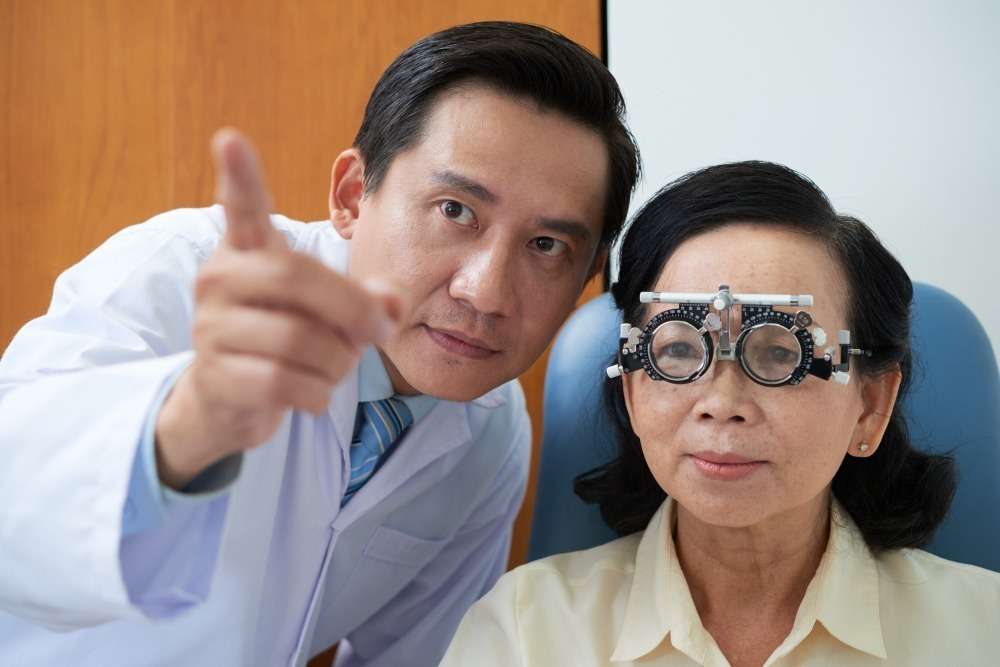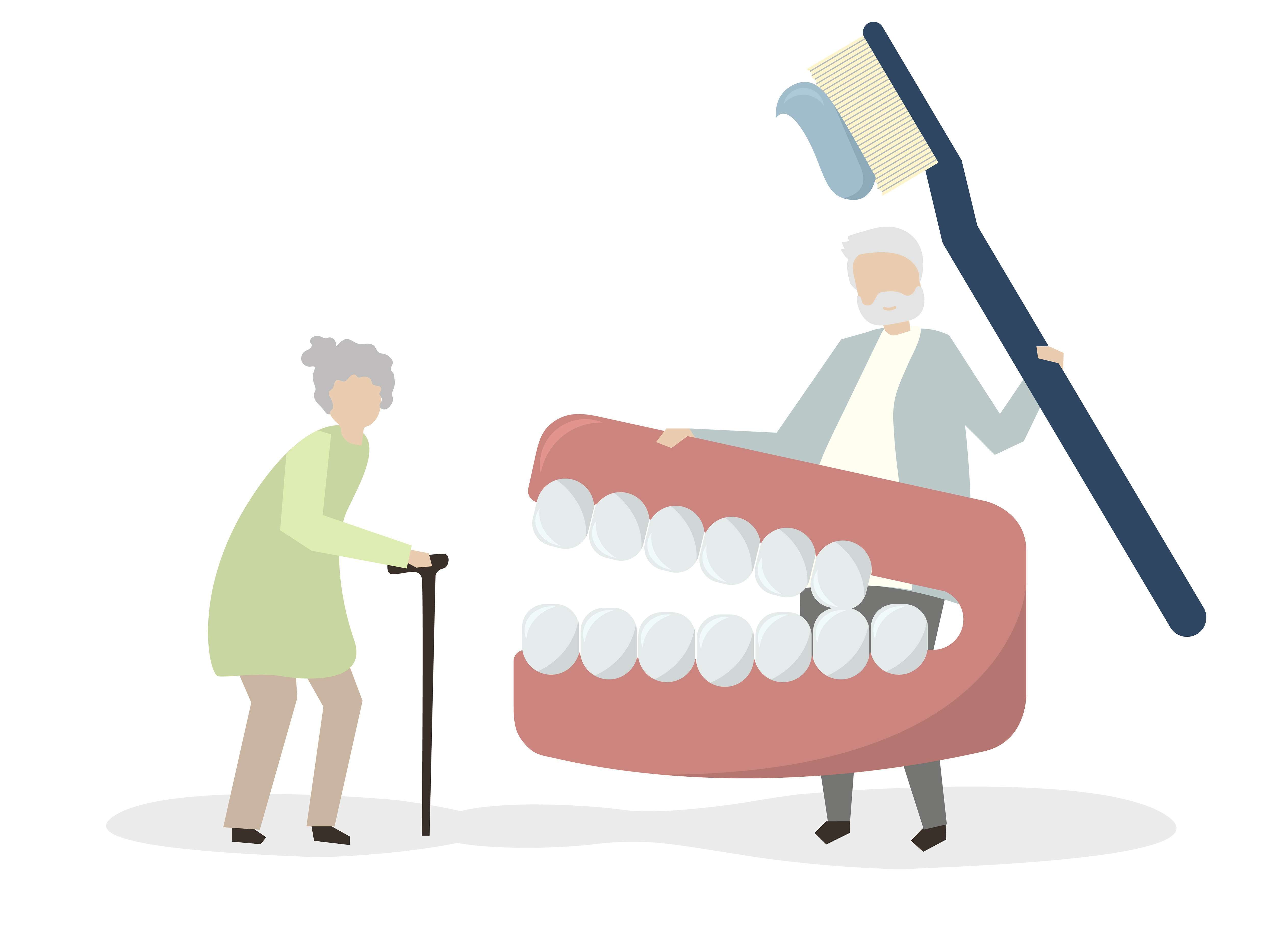Do you find yourself perpetually grappling with irritated, itchy skin, as if relief remains perpetually elusive? Do not allow the persistent itchiness to dictate your daily life.

Introduction to Atopic Dermatitis
Atopic Dermatitis, a chronic skin disorder characterized by red, inflamed, and intensely itchy skin, stands as the most prevalent form of eczema. Typically emerging in early childhood, it may persist into adulthood. The condition’s severity and symptoms exhibit significant variation among individuals, rendering it a distinctly personal experience. Despite its persistent nature, comprehending the nuances of Atopic Dermatitis can enable those affected to lead more comfortable lives.
Typical Signs of AD
Recognizing the indications of Atopic Dermatitis constitutes the initial stride toward managing this condition. The most prevalent symptoms encompass:
-
Intense Itching: Frequently the primary and most distressing symptom.
-
Red to Brownish-Gray Patches: Commonly located on the hands, feet, ankles, wrists, neck, upper chest, eyelids, inside the bend of elbows and knees, and in infants, the face and scalp.
-
Small, Raised Bumps: These may exude fluid and form crusts when scratched.
-
Thickened, Cracked, Dry, Scaly Skin: Chronic scratching can lead to these manifestations.
-
Raw, Sensitive, Swollen Skin from Scratching: Rendering the skin susceptible to infections.
Causes and Triggers
While the precise cause of Atopic Dermatitis remains elusive, it is hypothesized to arise from a confluence of genetic, environmental, and immune system factors. Common triggers that may exacerbate AD symptoms include:
-
Dry Skin: Which can become fragile, scaly, rough, or taut.
-
Irritants: Such as soaps, detergents, shampoos, disinfectants, and juices from fresh fruits, meats, or vegetables.
-
Stress: Emotional stress can intensify symptoms.
-
Allergens: Including pets, dust mites, pollen, and molds.
-
Microbes: Such as viruses, certain fungi, and bacteria like Staphylococcus aureus.
-
Hot/Cold Temperatures: Extreme weather conditions, high and low humidity, and perspiration from exercise can precipitate flare-ups.
Diagnosis and Treatment
The diagnosis of AD entails examining the skin and reviewing medical history. Physicians may recommend patch testing or other examinations to exclude other diseases. Although there is no cure for Atopic Dermatitis, treatments aim to heal the affected skin and prevent flare-ups. Available options include:
-
Topical Treatments: Including corticosteroid creams and ointments, calcineurin inhibitors, and PDE4 inhibitors.
-
Systemic Medications: For severe cases, doctors may prescribe drugs that act throughout the body, such as biologic drugs, systemic corticosteroids, or immunosuppressants.
-
Light Therapy: Exposing the skin to controlled amounts of natural sunlight or artificial UV light can be beneficial.
Additional Tips for Home Relief
Managing AD also encompasses home care strategies to soothe the skin and mitigate flare-ups:
-
Moisturize Daily: Utilize creams, ointments, or lotions to maintain skin moisture.
-
Identify and Avoid Triggers: Pay heed to what aggravates your skin and endeavor to circumvent these irritants.
-
Take Shorter Baths or Showers: Limit to 10-15 minutes using lukewarm water and mild soaps.
-
Apply Medicated Creams or Ointments: Adhere to your doctor’s instructions before moisturizing.
-
Wear Soft, Breathable Clothing: Shun rough, scratchy fibers and tight clothing.
Bear in mind that managing AD is an ongoing journey—one that commences with comprehending the signs, causes, and available treatments. By embracing effective management strategies and consulting healthcare providers, those affected by Atopic Dermatitis can embark on a path to more comfortable and confident living.





